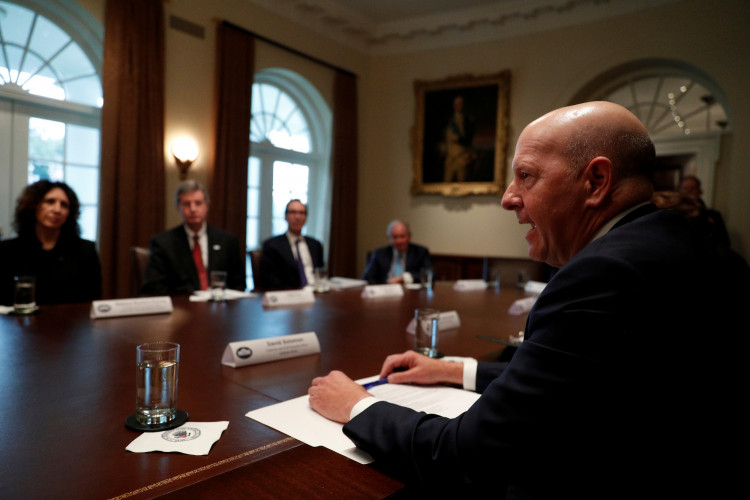Goldman Sachs has once again reduced its forecast for the US economy's second-quarter performance. The Wall Street bank mentioned on Tuesday that the economic decline in the current quarter will be much greater than it had previously anticipated as the ongoing coronavirus pandemic continues to wreak havoc.
According to the bank's analysts, unemployment rates for the current quarter will likely be much higher based on anecdotal evidence of the country's climbing jobless claims. Goldman Sachs predicts that the country's GDP for the quarter will have a sequential decline of around 34 percent on an annualized basis. This is a significant jump from the 24 percent decline it had forecasted earlier.
Chief economist at the bank Jan Hatzius, previously predicted a similar decline for the country's GPD during the first quarter, which was increased from a 6 percent drop to a 9 percent drop. The latest prediction is based on the country's rapidly growing unemployment rate, which the bank had raised to a forecast of 15 percent by mid-year from an earlier forecast of 9 percent.
The increasing unemployment rate is expected to greatly reduce output in various sectors. Hatzius noted that the jobless numbers will have an adverse effect on other economic factors, including income and consumer spending in the coming months.
The recently implemented social distancing guidelines by the Trump administration have resulted in the temporary closures of hundreds of businesses around the country. This in turn forced several businesses to reduce their workforce as governments around the world implement lockdown and stay at home orders to mitigate the further spread of the virus.
In the US, the economic situation and the finances of business and individuals are expected to be particularly strained after the government announced that the current restrictions will be extended up to April 30.
Goldman Sachs noted that the government's monetary and fiscal policies should help alleviate some of the strain and hopefully provide positive effects towards growth further down the road. Analysts cited the US government's proposed phase 3 fiscal package and a possible phase 4 package for state financial aid. The bank expected the phase 3 package will be much bigger than expected.
Analysts stated that while the lockdowns and social distancing measures have damaged the economy, it will at least lower new infections in the coming months. Reducing the timeframe of the pandemic will eventually set the stage for the country's gradual recovery, which the bank expects will start by May or June.





